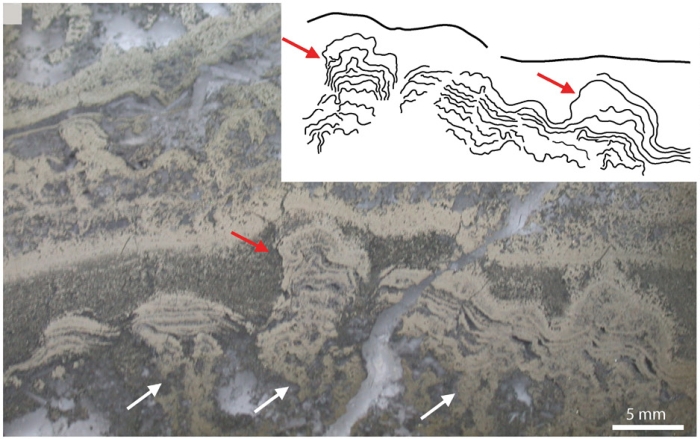transition said:
Tau.Neutrino said:
A Mind-Blowing Study Just Confirmed Earth Had Living Organisms 3.5 Billion Years Ago
In the search for the earliest life on Earth, it can be hard to tell whether you’re looking at an actual fossil, or crinkles in the rock itself. Such doubts have long shadowed the 1980s discovery of 3.5 billion-year-old fossils in the Australian desert. Now, scientists think they have finally put the matter to bed.
more…
read that
Excellent.
> You may remember the time scientists claimed to have found 3.7 billion-year-old fossils in Greenland. Later research determined that these fossils were just plain old rocks.
> although everyone was pretty sure the Pilbara fossils were the real deal, it hadn’t actually been conclusively proven. They had the shape and structure of microbial stromatolites, but no evidence of organic matter to back it up.
OK, so far. Stromatolites means cyanobacteria (blue green algae). Or does it? In the distant past, perhaps other forms of bacteria / archaea also formed stromatolites.


Let’s go back to this diagram. Cyanobacteria are famous for several reasons – they produced the oxygen that caused the Earth to rust – they evolved into chloroplasts that gave us plants. What’s the timing here?
“banded iron layers were formed in sea water as the result of oxygen released by photosynthetic cyanobacteria. … As photosynthetic organisms generated oxygen, the available iron in the Earth’s oceans precipitated out as iron oxides.” “Some of the oldest known rock formations having formed ca. 3.7 billion years ago.”
The timing is a match. As it happens, so it the place, the Pilbara, but that’s probably a coincidence.
> The team’s analyses revealed that the stromatolites are predominantly made up of a mineral called pyrite, riddled with nanoscopic pores. And in the pyrite are inclusions of nitrogen-bearing organic material, as well as strands and filaments of organic matter that closely resemble the remnants of biofilms formed by microbe colonies. The organic matter that we found preserved within pyrite of the stromatolites is exciting – we’re looking at exceptionally preserved coherent filaments and strands that are typically remains of microbial biofilms.
Well done.

